The role of food in climate change has emerged as one of the defining challenges of our time. The journey of a steak, fruit or salad from vast expanses of farmland to the dishes on our tables leaves a significant footprint on the environment.
As Earth, climate It is atmospheric scientistswe track global greenhouse gas emissions and just published the most comprehensive assessment to date of a powerful greenhouse gas from food production: nitrous oxide, or N₂O.
After carbon dioxide and methane, N₂O is the most important greenhouse gas that humans are releasing into the atmosphere. Although there is less N₂O than carbon dioxide in the atmosphere, it is 300 times more powerful in the warming of the planet, and remains in the atmosphere, retaining heat, for more than a century. Today, atmospheric N₂O levels are about 25% higher than before the Industrial Revolution, and continue to increase at an accelerated rate.
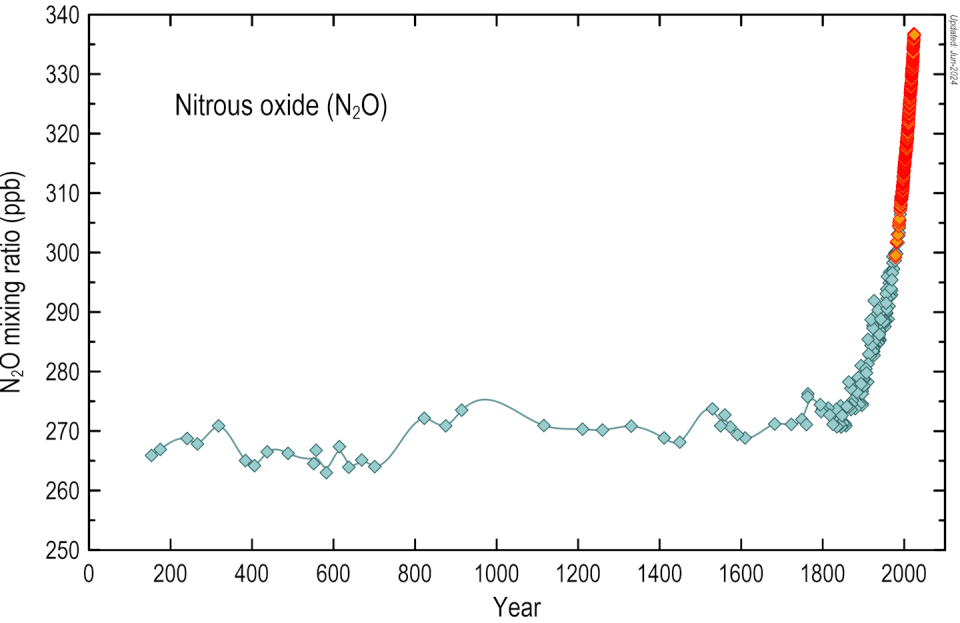
We found that, globally, fertilizers and animal manure management are driving the rise in N₂O emissions and their rapid accumulation in the atmosphere. This is more than a climate problem. N₂O too depletes the ozone layer, which protects humans from harmful solar radiation. And the nitrogen runoff from the fields pollutes waterwaysincreasing harmful algal blooms and creating oxygen-starved dead zones.
The growth in N₂O emissions is alarming, but today people have the knowledge and many of the technologies needed to reverse the trend.
Where do N₂O emissions come from?
Before the Industrial Revolution, natural sources of N₂O microbes that live in forest soils and in the oceans were approximately equal to the natural sinks that consumed N₂O in the air, so atmospheric N₂O concentrations were relatively constant.
However, the human population and its demand for food grew rapidly, tipping this natural balance.
We found that human activities alone have increased N₂O emissions by 40% over the past four decades, with agriculture contributing approximately 74% of total anthropogenic N₂O emissions.
The largest human sources of N₂O are agriculture, industry and the burning of forests or agricultural residues.
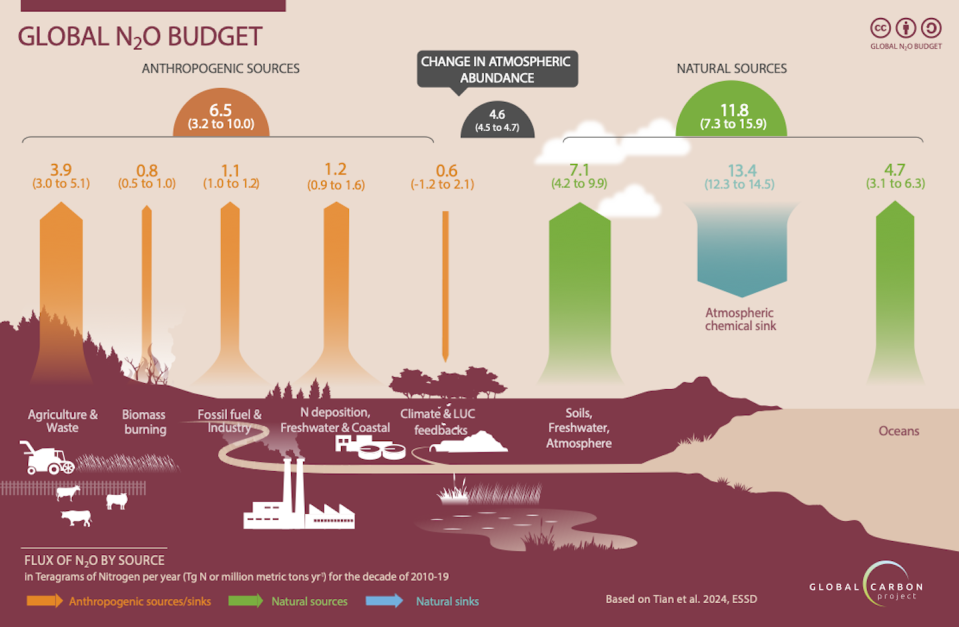

Nitrogen fertilizers, widely used in agriculture, are one of the biggest contributors. Fertilizers are responsible for 70% of total agricultural N₂O emissions worldwide. Animal manure Intensive livestock farming contributes around 30%. A smaller but rapidly growing source is aquaculture, such as fish farmingparticularly in China, where it has increased twenty-five times in the last 40 years.
In addition to agriculture, industrial processes such as nylon productionexplosives and fertilizers, and the combustion of fossil fuels also contribute to N₂O emissions, but to a lesser extent than agriculture.
N₂O emissions by country
Emissions vary greatly from country to country for a range of social, economic, agricultural and political reasons.
Emerging economies such as China and India have had strong rising N₂O trends over the past four decades as they have increased agricultural productivity to meet their needs. growing food demand of populations.
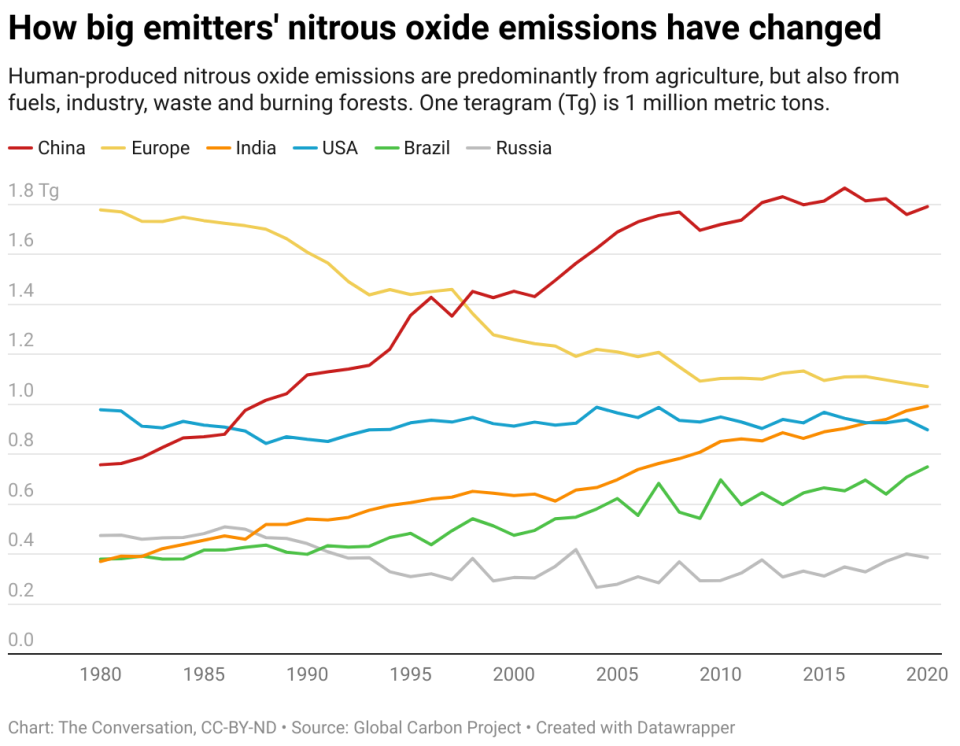

China is the largest producer and user of chemical fertilizers. Its Action Plan for Zero Growth in Fertilizer Use by 2020, published in 2015, helped reduce these N₂O emissions. However, its industrial N₂O emissions have continued to rise.
In Brazil and Indonesia, deforestation and burning of forests to make way for plantations and livestock, combined with increasingly intensive agricultural practices, has exacerbated nitrogen losses from natural sources and amplified greenhouse gas emissions.
Africa has opportunities to increase food production without increasing nitrogen fertilization. However, North African countries, more than tripled the growth of their emissions over the last two decades, mainly due to substantial growth in the livestock population in Africa.
Some regions, however, have managed to reduce some of their N₂O emissions with more sustainable practices.
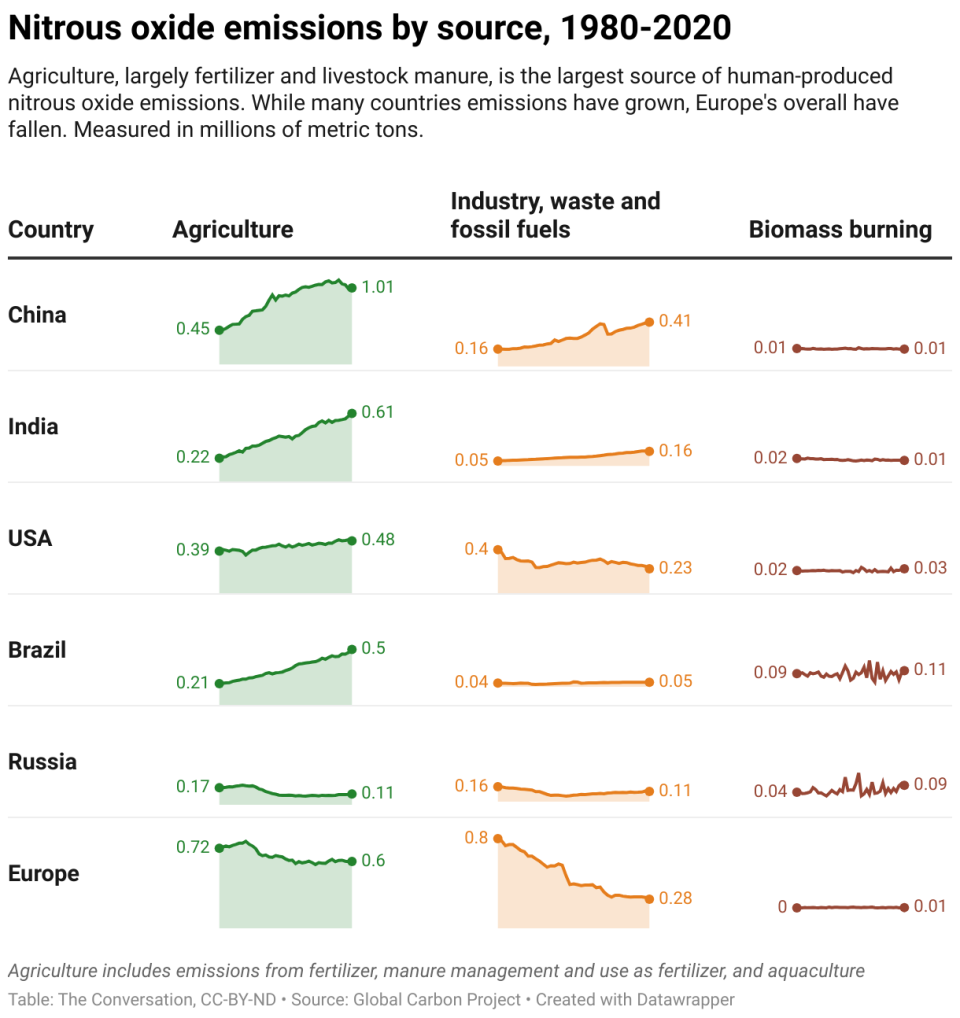

The European Union, Japan and South Korea all have successfully reduced anthropogenic N₂O emissions in the last 40 years, although they continue to be major emitters on a global scale; reductions largely came from the chemical industry in the 1990s. Its use of nitrogen in agriculture also became more efficient; however, they still have work to do. Its emissions from direct application of fertilizers and manure have decreased only slightly and have recently stabilized.
In the US, agricultural emissions continue to increase, while industrial emissions have decreased slightly, leaving global emissions quite stable.
How to reduce N₂O emissions
Meeting the challenge of reducing N₂O emissions requires a combination of policy interventions, technological innovation and individual actions. For example:
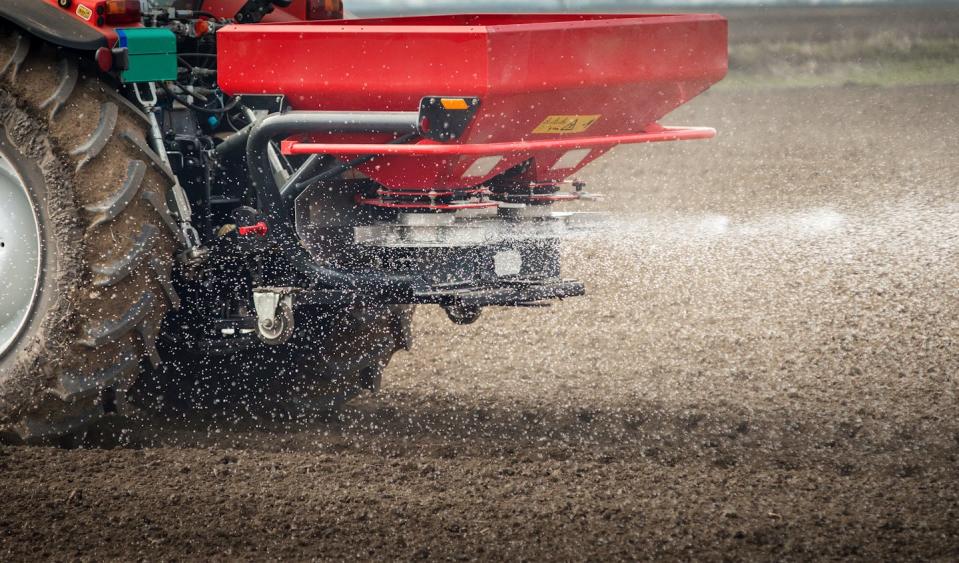

-
Likewise, innovations in livestock managementsuch as dietary supplements and better waste management practices, can reduce the amount of N₂O in livestock.
-
Industries, especially nylon and fertilizer production, can install existing, affordable technologies to reduce almost all of their N₂O emissions. This is an easy win for implementation and the climate. Most of the world has already done so, leaving China and USA responsible for most of the remaining industrial N₂O emissions.
-
Consumers can also do plant-based foods, a larger fraction of their diets. You don’t have to go vegan unless you want to, but reducing the frequency and portion size of your meat and dairy consumption can be healthy for you and the environment. Eco-friendly practices, such as composting food waste and reducing the use of fertilizers on lawns, also help.
Overall, a holistic approach that combines policies, technology and individual actions is needed to address N₂O emissions and combat climate change. With governments, industries and citizens working towards a sustainable future, these strategies can help ensure food security and environmental sustainability for future generations.
This article was republished from The conversation, an independent, nonprofit news organization that brings you trusted facts and analysis to help you understand our complex world. It was written by: Hanqin Tian, Boston College; Eric Davidson, University of Maryland Environmental Science Center; Pep Canadell, CSIROIt is Rona Louise Thompson, 7 food and agricultural innovations needed to protect the climate and feed a fast-growing world
8 billion people: Four ways climate change and population growth combine to threaten public health, with global consequencesFertilizer prices are rising – and that’s an opportunity to promote more sustainable ways of farming
Hanqin Tian receives funding from the National Science Foundation and the U.S. Department of Agriculture.
Eric Davidson has received funding from NSF, USDA, DOE, and NASA. He is affiliated with the University of Maryland Center for Environmental Science and Spark Climate Solutions.
Pep Canadell receives funding from the Australian National Environmental Science Program – Climate Systems Hub.
Rona Louise Thompson receives funding from the European Commission through the Horizon Europe Programme.































